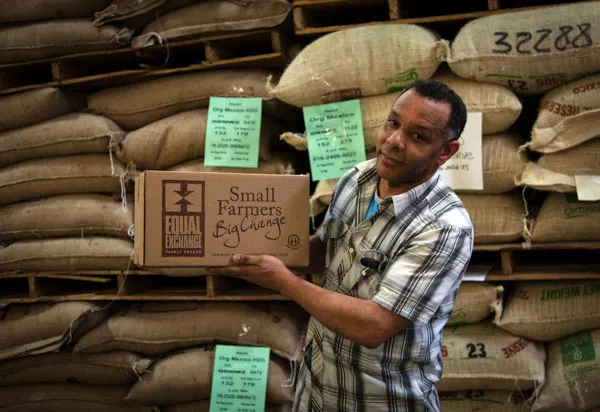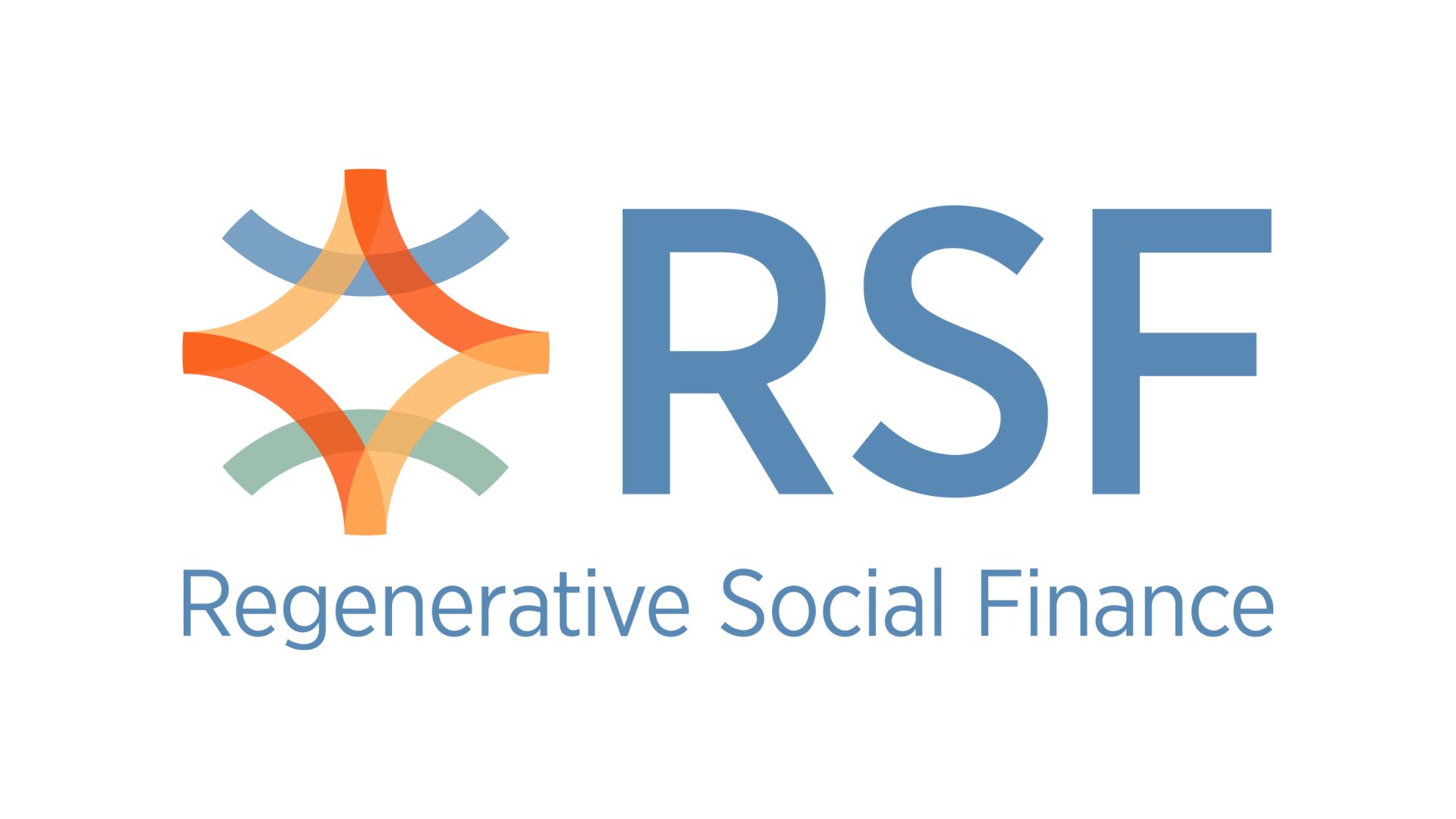I’m VERY excited about the buzz that the “Move Your Money” campaign is creating. I hope that people will take the sense of empowerment they feel from moving their checking and savings accounts to smaller, local banks and credit unions and apply the same concept to the full breadth of their economic lives.
(If this video, which takes its inspiration from the movie It’s A Wonderful Life, hasn’t found its way into your inbox or onto your Facebook wall yet, you can watch it here: moveyourmoney.info; for further reading, the Huffington Post has an entire page dedicated to tracking various media and personal responses that have ensued.)
At RSF, we have been writing about similar issues – and suggesting that people move their money in a variety of different ways – for a long time now; see in particular these three articles by president & CEO Don Shaffer: “Banks for the New Economy” from 12/29/08, “A Dialogue on the Banking Crisis” from 5/25/09; and “It’s Happening Right Now” from 8/3/09.
In order to determine just how many ways each of us can Move Our Money, we need to discover the full range of our economic selves; only then can we begin to identify the actions we can take to address each aspect. How does money come into our lives? Where is it coming from? Once it comes in, where does it accumulate? How does it go back out? Where does it go? How would we even begin to start mapping it out?
***
I first encountered the following exercise at the Making Money Make Change conference in 2008. “Draw your economic flow diagram” was the instruction. Take a blank piece of paper, preferably unlined. Use arrows to indicate direction of the flow of money into and out of your life. Use boxes to represent the various accounts, institutions and/or properties where your money accumulates. Stick figures can represent yourself and the many other people that are also part of a person’s overall economic picture. I thought it would be easy, especially since I had my tax return in my hand.
But the process of physically mapping everything out on a page humbled me, and it was much more difficult than I initially imagined. My flow diagram (I wish I still had it!) very quickly became too complicated to fit on the 5” x 8” piece of journal paper I was using, and so I got a bigger piece and started over.
How does money come into my life? The biggest ongoing source is my paycheck from RSF, so I drew one box and one arrow to represent the flow of dollars toward me. Then I remembered that because I’m a Food & Society Fellow, RSF receives some money from the Institute for Agriculture & Trade Policy to offset my salary… which in turn is supported by several other organizations like the Woodcock Foundation and the W.K. Kellogg Foundation; I added more boxes and arrows behind the box representing RSF.
To further complicate my economic picture, I invest in the RSF Social Investment Fund, which I contribute to monthly… and this account continues to add to itself as I’ve chosen to re-invest the interest. The same auto-accumulation picture is true of the many investment accounts I hold at various institutions, from investment banks to credit unions to plain old banks. I added more boxes to represent my various bank accounts (checking and savings) and CDs, with more accumulation arrows flowing in and out of the same boxes. This was the point at which I realized I needed another piece of paper to include various retirement accounts, mutual funds, and rental income.
***
The bulk of the money that flows away from me supports my cost of living: rent, food, clothing, fun. While there are plenty of ways to ensure that your spending aligns with your values, this wasn’t the point of the exercise, so I left it at that.
I also give money away, usually directly to the organizations I support, but sometimes through an RSF Donor Advised Fund. Then there’s my student loan (money which flowed toward me at some point = more back-and-forth arrows!), of which I pay back a portion every month.
I also pay fees on many of my investment accounts, so I added more arrows to that part of my chart, and I pay for professional services that are directly related to my economic situation (an accountant to do my taxes, and a property manager), so I drew them in, too.
***
Even if you don’t consider yourself the drawing type (I don’t), I highly recommend pushing through any initial discomfort and putting your own economic picture to paper, if only for the awe-inspiring experience of seeing it all laid out visually. I did find that in terms of prioritizing action, it helped me to take stock of the various accounts (bank, retirement, investment, etc) and other areas of accumulation in my life in list form, and so I introduced this add-on exercise at the 2009 Making Money Make Change conference:
For each account or asset, ask the following questions:
- What is it exactly, and where? (I was very specific: it’s a savings account at x bank, a Roth IRA account at y brokerage, a 6 month CD at z credit union, an apartment building in San Francisco, etc.)
- What is its dollar value? (If you don’t know, note that.)
- Who else is involved in the decision-making? (In other words, if you wanted to make any changes, is there anyone else you would need to talk to?)
- On a scale of 0-10, how well do you understand what is going on? (0 meaning “I have no idea what’s going on” and 10 meaning “I know every last detail”)
- On a scale of 0-10, how well does it align with your values? (Note: this will be hard to answer if you aren’t sure what your values are, or what is going on with this part of your economic story!)
Once I had done this for most of my accounts and assets, a few things became obvious: I had too many retirement accounts, which clashed with my desire for simplicity, so I vowed to consolidate. I had too many accounts at big banks, which violated my passionate support of small, local, and social-impact oriented organizations, so I vowed to move them. As far as the many mysteries that showed up in my list, I vowed to get to the bottom of them so I could see whether or not I felt comfortable about where my fees and investments were going.
It’s been an interesting journey. I’ve made some great changes, put off making others, and learned a great deal in the process. In the coming months I’m going to share what I’ve learned, and hope that you will both be inspired, and inspire me to continue Moving Money!
By Elizabeth Ü
Read more about the Elizabeth’s personal experience of moving her money.
Elizabeth Ü is the former Manager of Strategic Development at RSF Social Finance.


